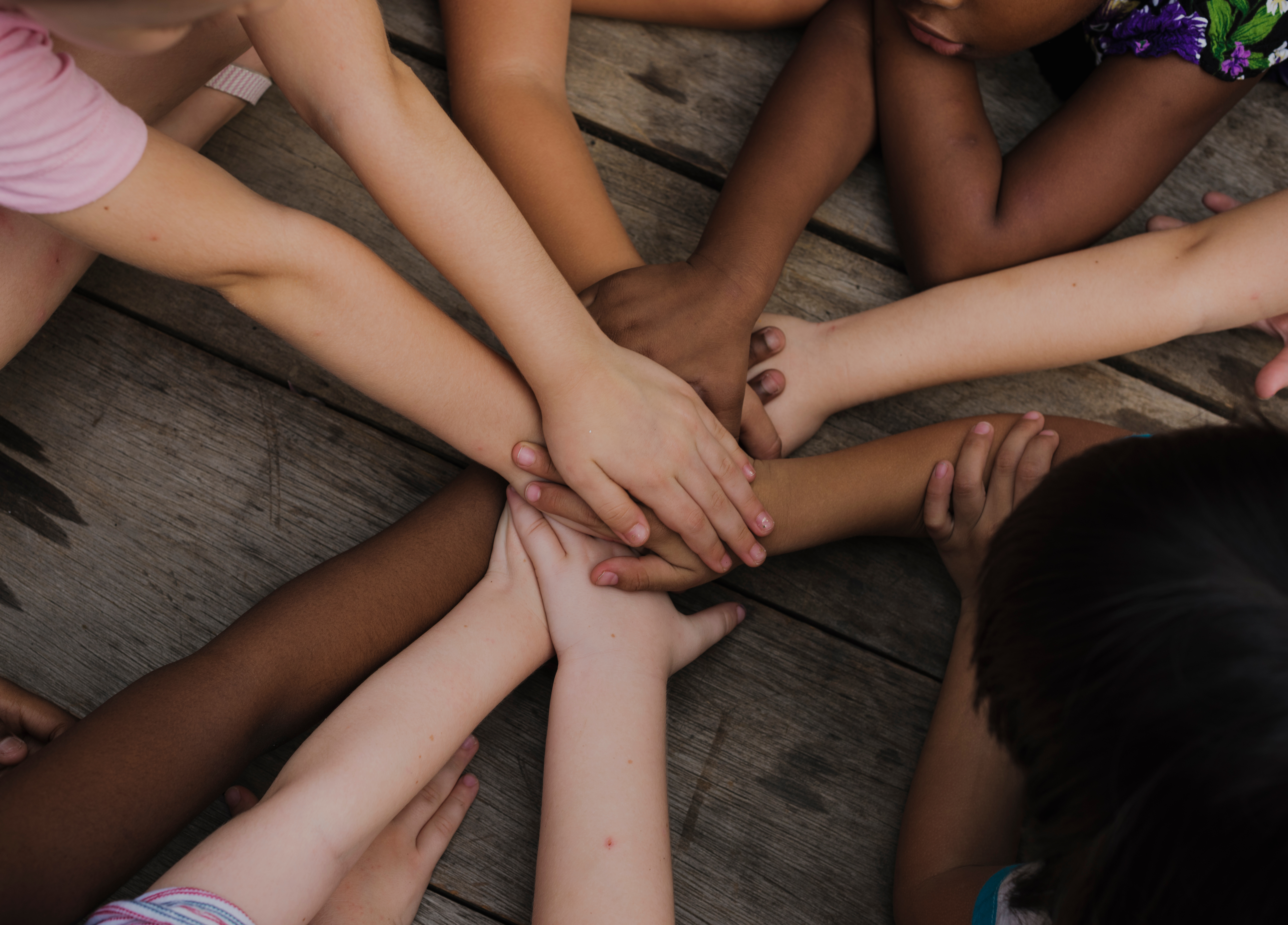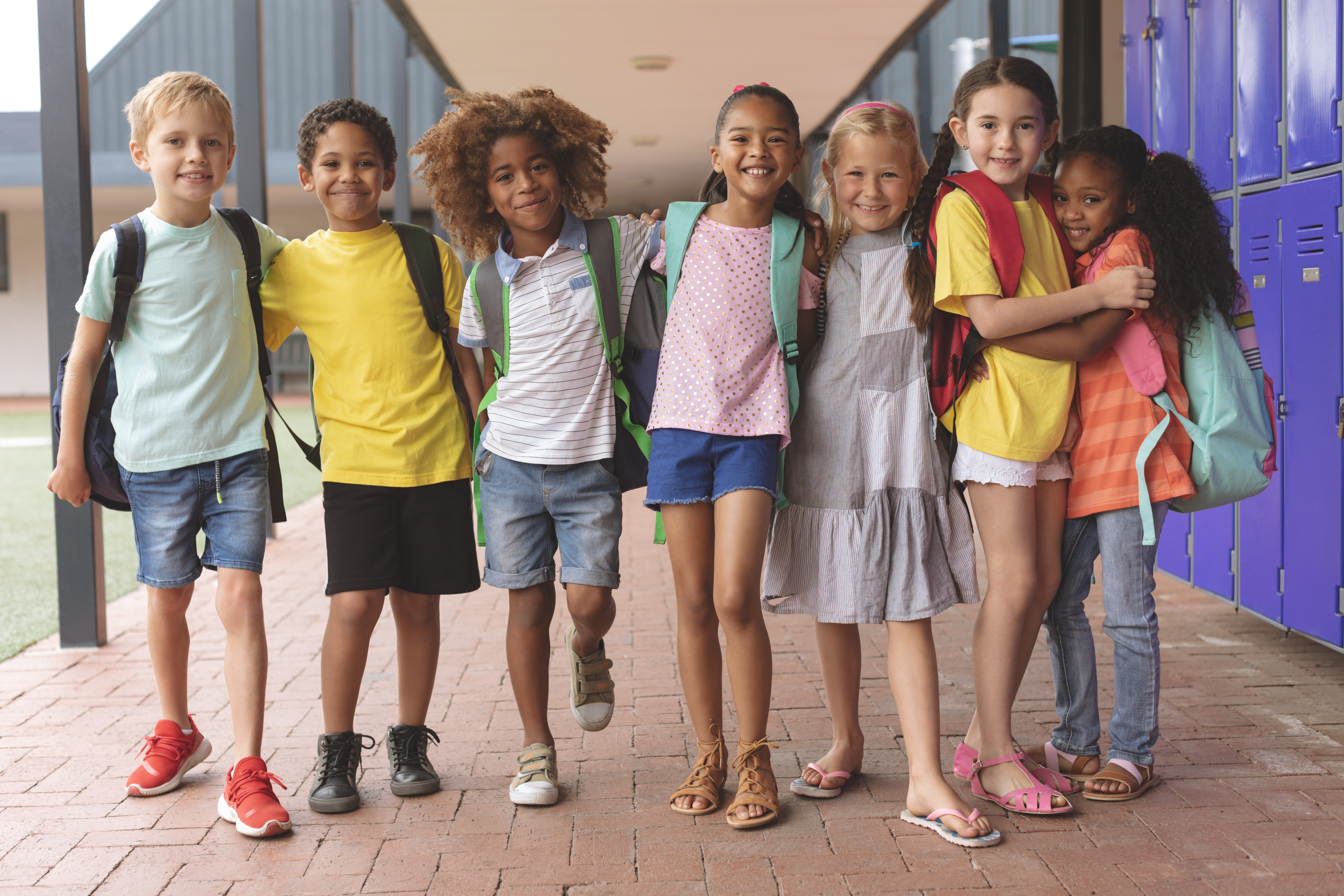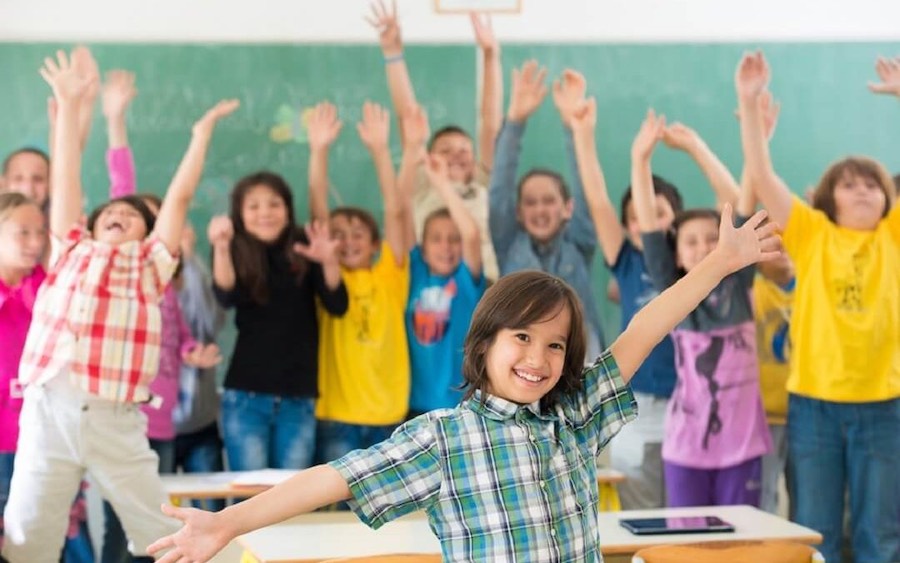
Developing Positive Self-Image, Relationships, and Classroom Community
At Walkabouts, we understand the importance of developing students’ positive self-image, building relationships in and out of the classroom, and celebrating both identity and diversity in the classroom. When educators work to affirm each student's’ self-image, they help to build a school environment where students can truly succeed.
Two related resources for educators are:
CASEL supports Social and Emotional Learning (SEL), “the process through which all young people and adults acquire and apply the knowledge, skills, and attitudes to develop healthy identities, manage emotions and achieve personal and collective goals, feel and show empathy for others, establish and maintain supportive relationships, and make responsible and caring decisions.” The CASEL Framework focuses on self-awareness, relationship skills, social awareness, self-management, and responsible decision-making.
The Social Justice Standards from Learning for Justice are divided into four domains: identity, diversity, justice, and action. According to Learning for Justice, “the Standards provide a common language and organizational structure educators can use to guide curriculum development and make schools more just and equitable.”
Students can truly succeed in academic environments when they feel they belong. Therefore, schools should ensure that all students feel valued and respected, have a sense of agency, and know their voices are heard and recognized. Creating spaces that affirm students of various backgrounds while ensuring they see themselves and their communities reflected in the classroom will amplify both students’ self-awareness and identity and promote academic engagement and success. Connecting students’ language, family structure, background, and cultural identity to learning can help students reach their potential. In addition, exposing all students to various cultures and traditions can foster respectful interactions with others who have both similar and different lived experiences and viewpoints.
While students reflect on their own backgrounds and beliefs, they should also acknowledge that not everyone will share their experiences and sentiments. Therefore, teachers should work to teach kindness, compassion, and tolerance so students learn to recognize and appreciate everyone’s uniqueness.
Here are a few ways teachers can support students in getting to know themselves and getting to know their classmates.
VIP COLLAGE
Help students grow their self-awareness and identity by “planting” tree collages. Have each student create a tree collage with branches that feature very important people (VIP) in their lives. Tell students their collages can include family and extended family members but should also include others such as close friends, neighbors, teachers, coaches, mentors, and people they admire.
Provide paper, scissors, and other materials for students to create their collages. To begin, students should draw a tree with several branches and write the names of their very important people on the trunk and branches. If desired, students can also draw pictures or bring in photos and include cut-outs of their VIP.
Next, have students cut out leaf shapes. On the leaf shapes, students should write favorite traditions, activities, and memories they associate with their VIP. After all the VIP collages are complete, create a gallery wall in your classroom or a hallway. If desired, allow students to go on a gallery walk to review the VIP collages and learn about their classmates. Each day during a morning meeting or as a transition between lessons/activities, you may want to allow a few volunteers to build their relationship skills by describing their collages to their classmates.
THREE THINGS I LIKE
This game amplifies students’ self-awareness and identity while also building relationship skills and recognizing diversity. Ask students to bring in or write down three things they like. In an open space in the classroom, school building, or playground, have students stand next to each other on a straight line (such as a court line in the gym). If needed, create a line with chalk or masking tape. Tell students to face the same direction. Give each student a turn to (loudly) read or say their three things, one at a time. After the student says the first thing, tell students to jump forward if it’s something they like, jump backward if it’s something they don’t like, and stay in place and wiggle if it’s something they’re not sure they like or haven’t tried or been exposed to. Repeat for each student. If desired, after returning to the classroom, have a class discussion about how the activity made them feel, and help students notice things they have in common or things they find interesting, learned, or would like to try.
POSITIVE SELF-IMAGE PORTRAITS
In this creative activity, students will create self-portraits highlighting their self-awareness, identity, and diversity, then build their relationship skills, social awareness, self-management, and responsible decision-making skills. Provide art supplies and 9” x 12” construction paper. Using the construction paper as a frame, have students create a space with an oval or rectangle in the center for a self portrait. Tell students they can color, draw, sketch, paint, or use a photo for their self portrait. If desired, provide students with reflective sheets or foil to create a mirror in the center of the paper.
On the top, bottom, and both sides of the frame, have students write one thing they like about themselves for a total of four positive self-image statements. After students have written their four statements, have them fluidly rotate in one direction around the classroom to the desk next to them. At their classmate’s desk, have students add one positive statement that describes their classmate in the frame area of their classmate’s self-image portrait. Students should move around the classroom and write a positive statement on the frame area of each classmate’s self-image portrait until they return to their own desks.
These activities are sure to support students in their reflection of themselves while they get to know their classmates better. As students learn to accept differences, they will begin to understand that both similarities and uniqueness should be celebrated.
Walkabouts are web-based, movement-rich lessons that support students’ social and emotional learning. Through on-demand adventures, Walkabouts help build students’ confidence, improve self-awareness, and enhance self-control. Ready to see Walkabouts in action? Sign up for a free trial subscription today!





